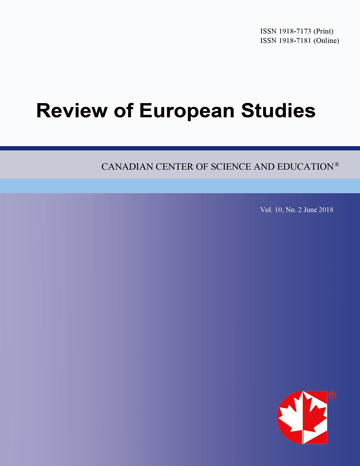Explaining Education-to-Work Transitions: Thinking Backwards, Situating Agency and Comparing Countries
- Ken Roberts
Abstract
This paper argues that explanations must start at the end of young people’s education-to-work transitions, with employers’ recruitment behaviour and preferences, which then govern the content of and recruitment to preceding education and training. Young people themselves exercise agency: this propels their careers forward biographically, but necessarily consolidates opportunity structures (variously called routes, pathways or trajectories) that have been pre-built from above. It is also argued that ultimately the transition regime in every country, and sometimes in each region and business sector, needs to be treated as a unique case study. However, these regimes can be divided into recognisable types which are most easily identified by starting in an economy and its labour markets. Finally, it follows that attempts which start in earlier life, prior to young people entering the labour market, to modify links between social origins and occupational destinations will invariably fail. Effective interventions can be envisaged only by starting at the end of young people’s transitions, then thinking backwards.
- Full Text:
 PDF
PDF
- DOI:10.5539/res.v10n1p72
Index
- ACNP
- CNKI Scholar
- DTU Library
- Elektronische Zeitschriftenbibliothek (EZB)
- EuroPub Database
- Excellence in Research for Australia (ERA)
- Genamics JournalSeek
- Google Scholar
- Harvard Library
- HeinOnline
- Infotrieve
- JournalTOCs
- Mir@bel
- Open policy finder
- RePEc
- ResearchGate
- ROAD
- Scilit
- Technische Informationsbibliothek (TIB)
- The Keepers Registry
- Universe Digital Library
- WorldCat
Contact
- Paige DouEditorial Assistant
- res@ccsenet.org
